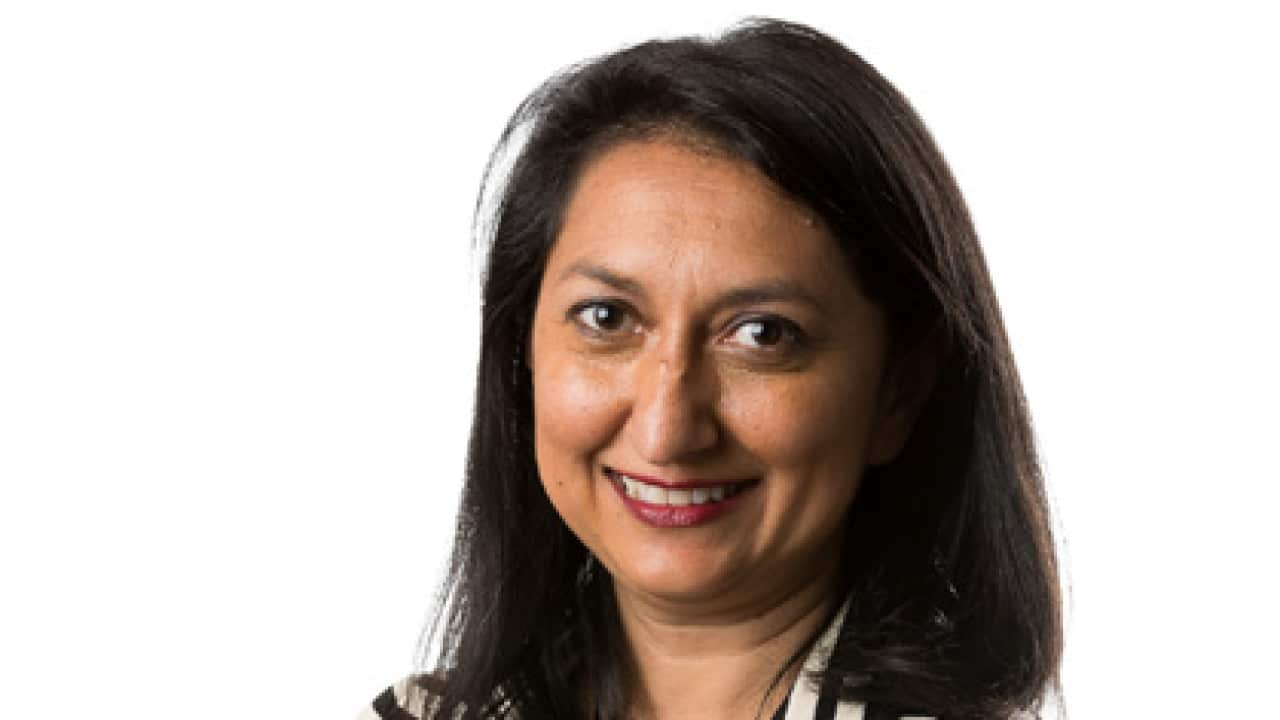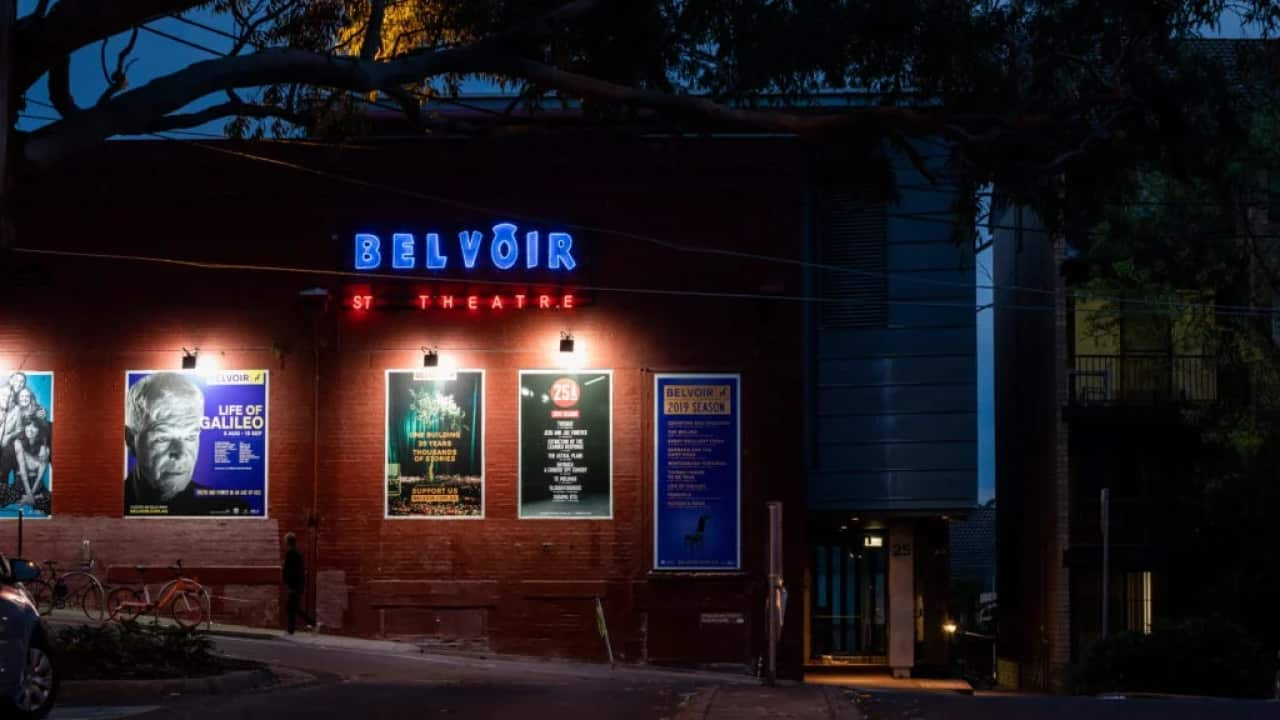In a conversation with NITV Radio, Dr Manisha Amin - CEO of human centred design group- Centre for Inclusive Design (CfID) said the most common medical masks simply don’t cover the needs of everyone as they weren’t designed to be worn all day every day leaving many with different needs exposed.
“There isn’t one perfect solution for everyone in a situation like this however by looking at groups who have specific needs we can design masks and shields together that work for the broader community," Dr Manisha Amin said.
(CfID) identified different categories of people who encounter, sometimes insurmountable, barriers using face masks themselves or are challenged by other people’s use of face masks.
The mandatory use of masks can present a communication barrier for some users as face coverings make it much harder to read facial expressions and lip read - critical tools for those with hearing loss.
Masks can be physically and emotionally challenging as some individuals cannot tolerate them. Anxiety, sensory factors, visibility, smell and epilepsy are factors that can determine a person’s comfort in wearing a face mask.
Autistic people have varied experiences, preferences and needs when it comes to selection of face masks.
People with skin sensitivities are also faced with serious difficulties as short or long term use of traditional masks can become intolerable, trigger allergies and other skin conditions.
Many other vulnerable categories including young children, vision impaired people, people suffering from mental health conditions experience various degrees of challenges with face masks.
Dr Amin explained that many who struggle to wear the common blue medical mask are also amongst the most vulnerable to infections. This means that medically, turning up in public in a highly infected area without a mask is not a good option.
“There isn’t one perfect solution for everyone in a situation like this however by looking at groups who have specific needs we can design masks and shields together that work for the broader community.”
Dr Amin and CfiD observed that edge users who had been excluded by the design of the medical face masks have spent the last couple of months innovating, testing and sharing updated designs to suit their needs and the wider community’s needs.



